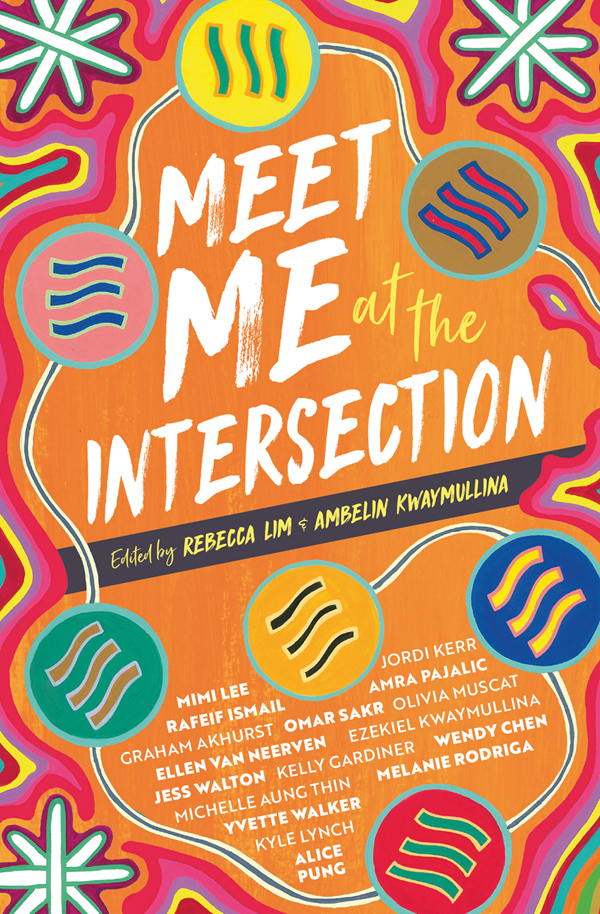“We are the voices too often unheard, the people too often unseen. But we are here; we are speaking. And through this book, we invite you into our world.”
Published by Fremantle Press, Meet Me at the Intersection is a collection of memoirs, poetry, short stories and more that have been edited by Rebecca Lim and Ambelin Kwaymullina. It features eighteen authors from diverse backgrounds using their lived experiences to inform and create vivid and thematically important tableaus. The book is a joint effort to provide the much needed diverse representation that is sorely lacking in the children’s and young adult literature genres. Specifically, it features work by First Nations folk, LGBT+ folk, people living with disabilities, and People of Colour.
Created through Voices from the Intersection, a volunteer initiative that aims to support the creation of Own Voice stories, the book’s shining glory is the striking empathy that radiates through the prose and poetry. The protagonists on the page aren’t one-dimensional or stereotypical, nor are they tokenistic or props to show the progressivism of well-meaning authors. Instead they reflect specificity and nuance, and translate difficult and oftentimes serious themes into work that can be appreciated by young adults without descending into condescension. The wide variety of stories on offer means there is something for everyone, no matter where they come from. In addition, they are also firmly planted within the ever-changing Australian landscape and psyche, and explore what being Australian means to the melting pot of people who live within it.
The book is framed by Ambelin Kwaymullina’s cover artwork. It uses circles to symbolise the voices of First Nations people and other marginalised people who live on our land, and binds the circles together with white shapes to symbolise the intersections that seek to silence them. It utilises colour in interesting ways too, such as blue to represent strength which flows like water between marginalised groups, and rainbows to show the beauty, complexity and diversity of our world. The artwork quickly establishes the tone of the book – one that definitely focuses on the systematic forces and institutions that seek to marginalise certain groups, but also focuses on those groups’ strength, vivacity and vitality in the face of these forces.
Works that immediately stood out to me are Ellen van Neerven’s ‘Night Feet’, Graham Akhurst’s ‘Dream’, Mimi Lee’s ‘Fragments’, Yvette Walker’s ‘Telephone’, Rafeif Ismail’s ‘Almitra Amongst Ghosts’ and Wendy Chen’s ‘Autumn Leaves’ as they resonated with me on a deeply personal level. As a 22 year old, I found that some stories seemed almost too childish to enjoy, but then again those stories were probably not aimed towards me. So I guess my only criticism of Meet Me at the Intersection was that it made me feel a little old at times. But that’s okay, because I know there are a lot of teenagers out there who rarely see themselves reflected in the media they consume. I know because I too was once one of those teenagers. I hope that there are a bunch of kids out there who will find a voice for themselves in the words on these pages. And for the kids who see themselves regularly represented, I hope these stories can spark empathy and kindness for those who are so often left behind.
Ishita Mathur
Meet Me at the Intersection can be found at all good bookstores and at Fremantle Press.

